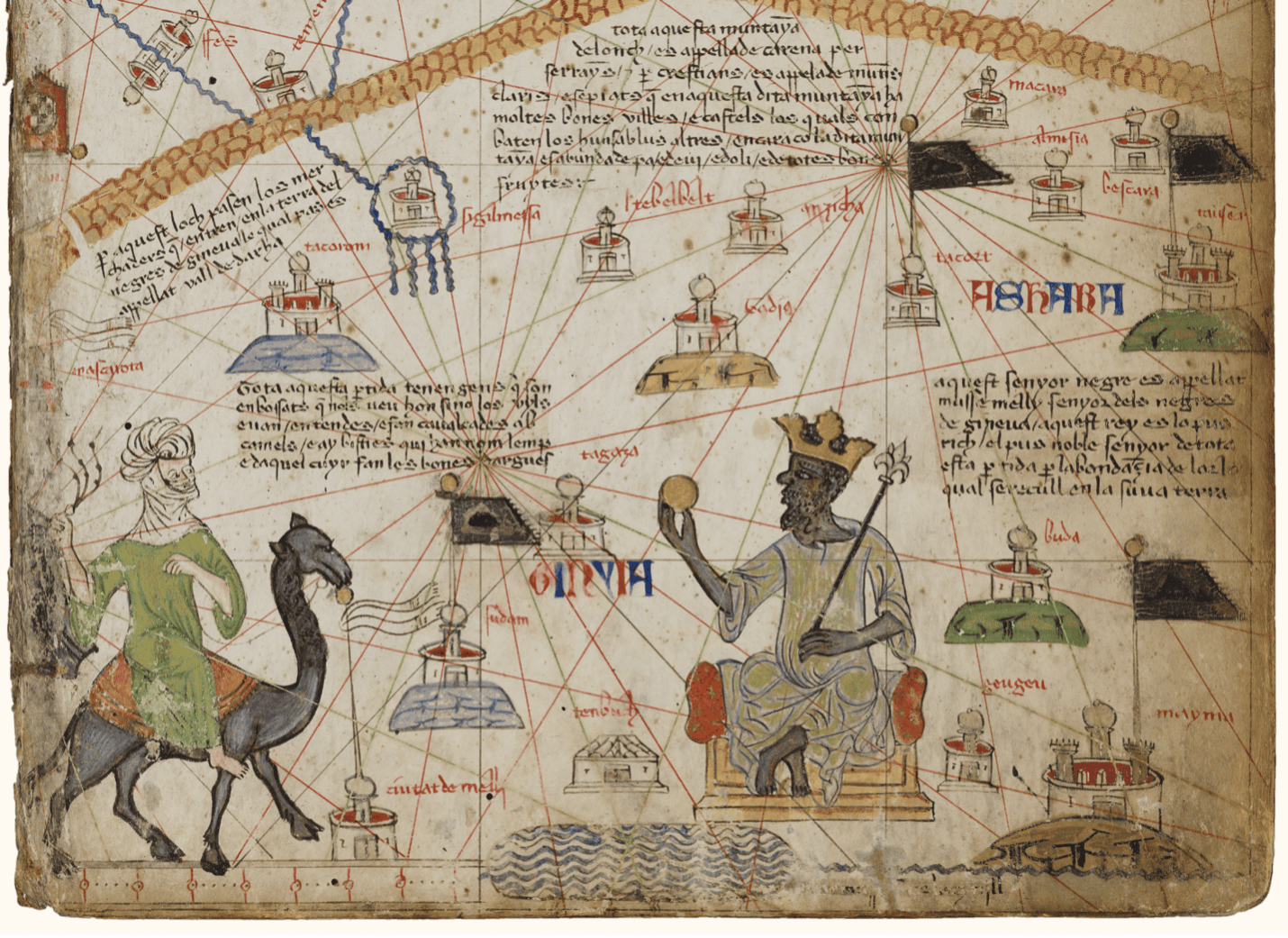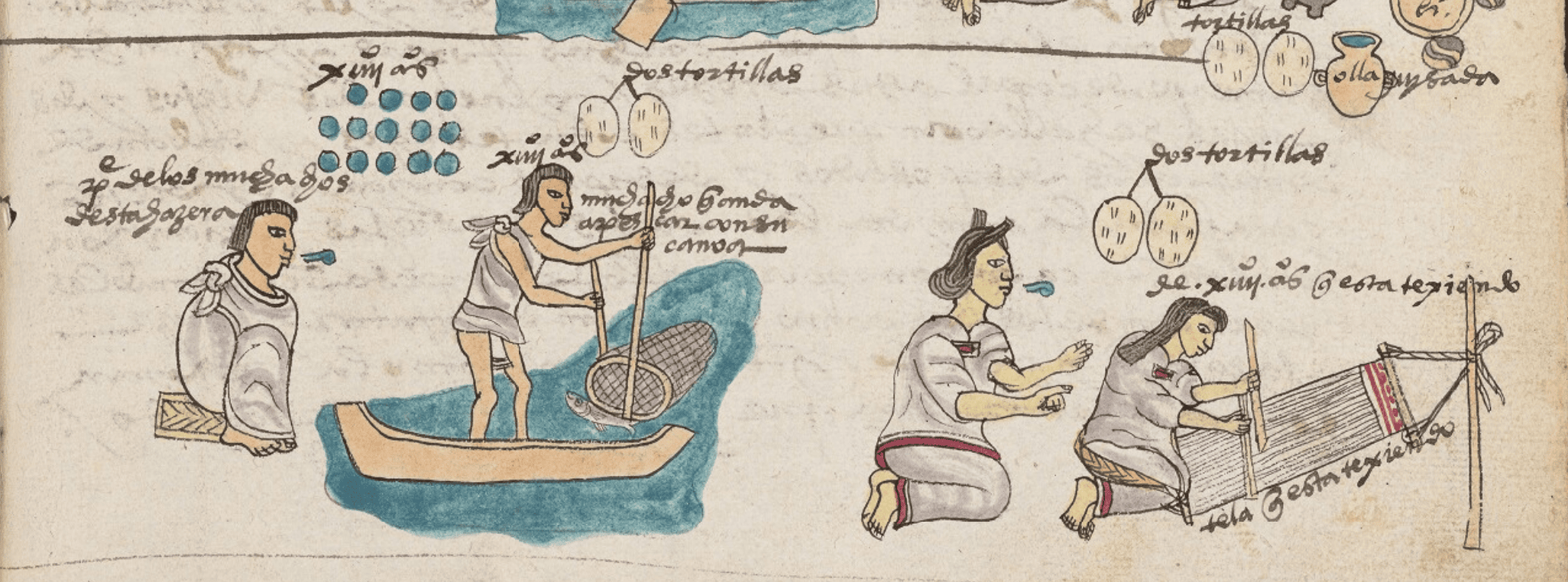From GI Roundtable 2: What Is Propaganda? (1944)
An attempt to define propaganda is made near the end of this pamphlet after we have examined its main characteristics. In order to avoid mistaken ideas, however, it may be useful to point out at once what some of these characteristics are.
Propaganda isn’t an easy thing to define, but most students agree that it has to do with any ideas or beliefs that are intentionally propagated.
It uses words and word substitutes in trying to reach a goal—pictures, drawings, graphs, exhibits, parades, songs, and other devices.
Of course propaganda is used in controversial matters, but it is also used to promote things that are generally acceptable and noncontroversial.
So there are different kinds of propaganda. They run all the way from selfish, deceitful, and subversive effort to honest and aboveboard promotion of things that are good.
Propaganda can be concealed or open, emotional or containing appeals to reason, or a combination of emotional and logical appeals.
See the section on “Defining Propaganda” for a fuller discussion.
It is the spring of 1940. Allied armies face the German columns, but there is little action at the front, and a group of French soldiers find time to listen to an enemy broadcast.
“Where are the English?” asks the radio voice. The enemy broadcaster is speaking in French. The soldiers listen uneasily. “I’ll tell you where your English comrades are,” continues the voice. “They lounge about Paris and fill the night clubs. Have you seen a Tommy in the Maginot Line? Of course not. French soldiers, you will find the Tommies behind the lines—with your wives.”
Propaganda. Of course. The German propaganda strategy of division, intended to sow suspicion and doubt about the fidelity of an ally. The propaganda preparatory to the blitz.
A handful of Londoners are drinking ale in their neighborhood pub. The time is July 1940. The French have signed Hitler’s armistice terms, but Britain is still holding out. The pub keeper turns the dials of the tavern radio to tune in on “Lord Haw-Haw,” the Berlin broadcaster, and the voice booms out:
“England is ripe for invasion. … You might as well expect help from an army of mastodons as from the United States. … You are on a doomed ship. … Whether or not the people of Britain want to see their fields turned into graveyards and their cities into tombs is a matter for themselves and Mr. Churchill. Perhaps if the British people could speak, they would ask for peace. But since the official voice of England asks not for peace but for destruction, it is destruction we must provide.”
The propaganda of fear. The voice of defeatism.
It is the autumn of 1941. The United States is still neutral, but an American Army is in training, a Navy is being strengthened, and Lend-Lease supplies are crossing the Atlantic.
An American sits at home tinkering with his short-wave set and he picks up an English-language broadcast beamed to North America from Germany.
“The German government and the German people have only the friendliest of feelings for the United States, the home of so. many American citizens of German descent.” The words of the radio speaker are honeyed words. “Let it be said for once and all,” the broadcaster continues, “that a German victory in this war is no threat to English democracy—and certainly not to American democracy.”
The propaganda voice of appeasement. Here is the strategy of attempting to hypnotize a people with an assertion of the “peaceful intentions” of the Nazi war machine.
In a few brief months the Japs strike at Pearl Harbor, and the Germans declare war against those for whom they said they cherished “only the friendliest of feelings.”
Related Resources

September 7, 2024
Travel and Trade in Later Medieval Africa

September 6, 2024
Sacred Cloth: Silk in Medieval Western Europe

September 5, 2024